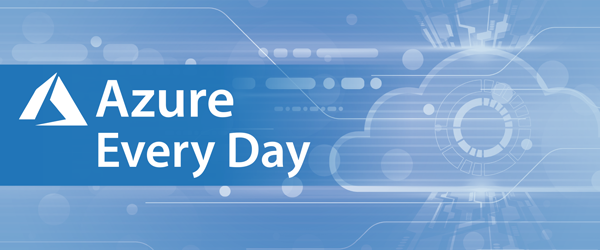
The Azure IoT Hub is a two-way communication platform between the solution backend and the IoT devices themselves that allows you to manage, maintain and provision devices into your infrastructure. Today I’d like to discuss the Azure IoT Hub components.
The first component is the specific devices themselves. Security connectivity can often be a challenge or impossible due to the nature of how those devices are being used. For instance, if you’re drilling 6 miles down on the ocean floor, these devices can’t be reached by a human.
Another thing to consider is the ways in which the devices interact, like whether they are connecting directly to the Azure IoT Hub backend, to some intermediate gateway, or the devices themselves talking amongst each other.
The next component to consider is the IoT solution backend, which supports the data processing analytics engine. This component helps us decide where and how the data will be stored, as well as analytical info about the data that’s being collected. It also lets us provision and allow the devices themselves to connect to your infrastructure. Also, when a device is malfunctioning, we want to get an alert telling us that the component failed.
The last component is the presentation and business connectivity layer. This layer is what you’re interacting with as the end user. Here’s where you’re looking at your real-time or historical monitoring for those devices. This also allows you to add or remove devices from your infrastructure as needed and it’s all done securely through the Azure IoT Hub.
Would you like to learn more, or have questions, about the Azure IoT Hub or anything about Azure? We’re here to help no matter where you’re at with Azure – click the link below or contact us at pragmaticworks.com.
Don't forget to check out the Pragmatic Works' on-demand learning platform for more insightful content and training sessions on Power BI, Power Apps, Power Automate, Copilot Studio, Fabric, Azure and other Microsoft applications. Be sure to subscribe to the Pragmatic Works YouTube channel to stay up-to-date on the latest tips and tricks.
It's also easy to get started with your 7-day free trial. Just click below and you'll be on your way.


-1.png)
Leave a comment